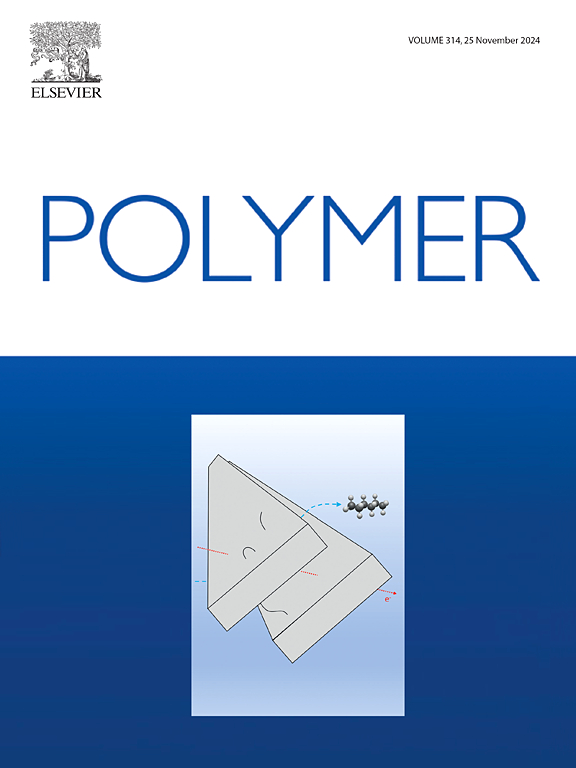The Condensed-State Structure and Evolution Mechanism of Poly(butylene-succinate) (PBS) multi-filaments in the Complex Stress and Thermal Fields of the Melt - spinning Process
IF 4.1
2区 化学
Q2 POLYMER SCIENCE
引用次数: 0
Abstract
Poly(butylene-succinate) (PBS) is a well-recognized semicrystalline polyester, renowned for its remarkable heat - resistance, extremely rapid crystallization rate, and biodegradability. To date, the constitutive relationship between the condensed-state structure of PBS fibers and their properties has not been systematically explored. This relationship, if understood, could offer theoretical guidance for industrial production. In this study, the structural evolution mechanisms of three types of melt-spun PBS fibers, namely undrawn yarn (UDY), pre-oriented yarn (POY), and fully - drawn yarn (FDY), were investigated. This was accomplished by systematically uncovering the stress-induced orientation and crystallization processes specific to each type during the melt-spinning procedure. The results demonstrated that the fibers crystallized rapidly at lower spinning speeds. Moreover, as the spinning speed increased, stress-induced orientation and crystallization were significantly enhanced, leading to the formation of large - diameter lamellar crystals reaching up to 72.3 nm. However, a higher degree of lamellar crystal diameter imposes limitations on perfect crystallization during the subsequent post - thermal drawing process. Due to the relatively high drawing speed, the “one-step” drawing process (FDY), which combines spinning and drawing, exhibited a significantly weaker stress-inducing effect compared to the “two-step” drawing process. This disparity restricted the orientation and crystallization of FDY fibers during the drawing process. Specifically, after three-times thermal drawing, the degree of orientation and crystallization of FDY fibers were merely 89.3% and 67.5% respectively, whereas those of UDY fibers reached 92.4% and 72.1%. This difference can be ascribed to insufficient heating in FDY fibers at higher drawing speeds compared to UDY fibers.

求助全文
约1分钟内获得全文
求助全文
来源期刊

Polymer
化学-高分子科学
CiteScore
7.90
自引率
8.70%
发文量
959
审稿时长
32 days
期刊介绍:
Polymer is an interdisciplinary journal dedicated to publishing innovative and significant advances in Polymer Physics, Chemistry and Technology. We welcome submissions on polymer hybrids, nanocomposites, characterisation and self-assembly. Polymer also publishes work on the technological application of polymers in energy and optoelectronics.
The main scope is covered but not limited to the following core areas:
Polymer Materials
Nanocomposites and hybrid nanomaterials
Polymer blends, films, fibres, networks and porous materials
Physical Characterization
Characterisation, modelling and simulation* of molecular and materials properties in bulk, solution, and thin films
Polymer Engineering
Advanced multiscale processing methods
Polymer Synthesis, Modification and Self-assembly
Including designer polymer architectures, mechanisms and kinetics, and supramolecular polymerization
Technological Applications
Polymers for energy generation and storage
Polymer membranes for separation technology
Polymers for opto- and microelectronics.
 求助内容:
求助内容: 应助结果提醒方式:
应助结果提醒方式:


